Time Spent Suffering Is Not Wasted
In the series ‘Symposion — About Love 1996-2000’, photographer inri creates an ode to love, an illustration of the trials to overcome.
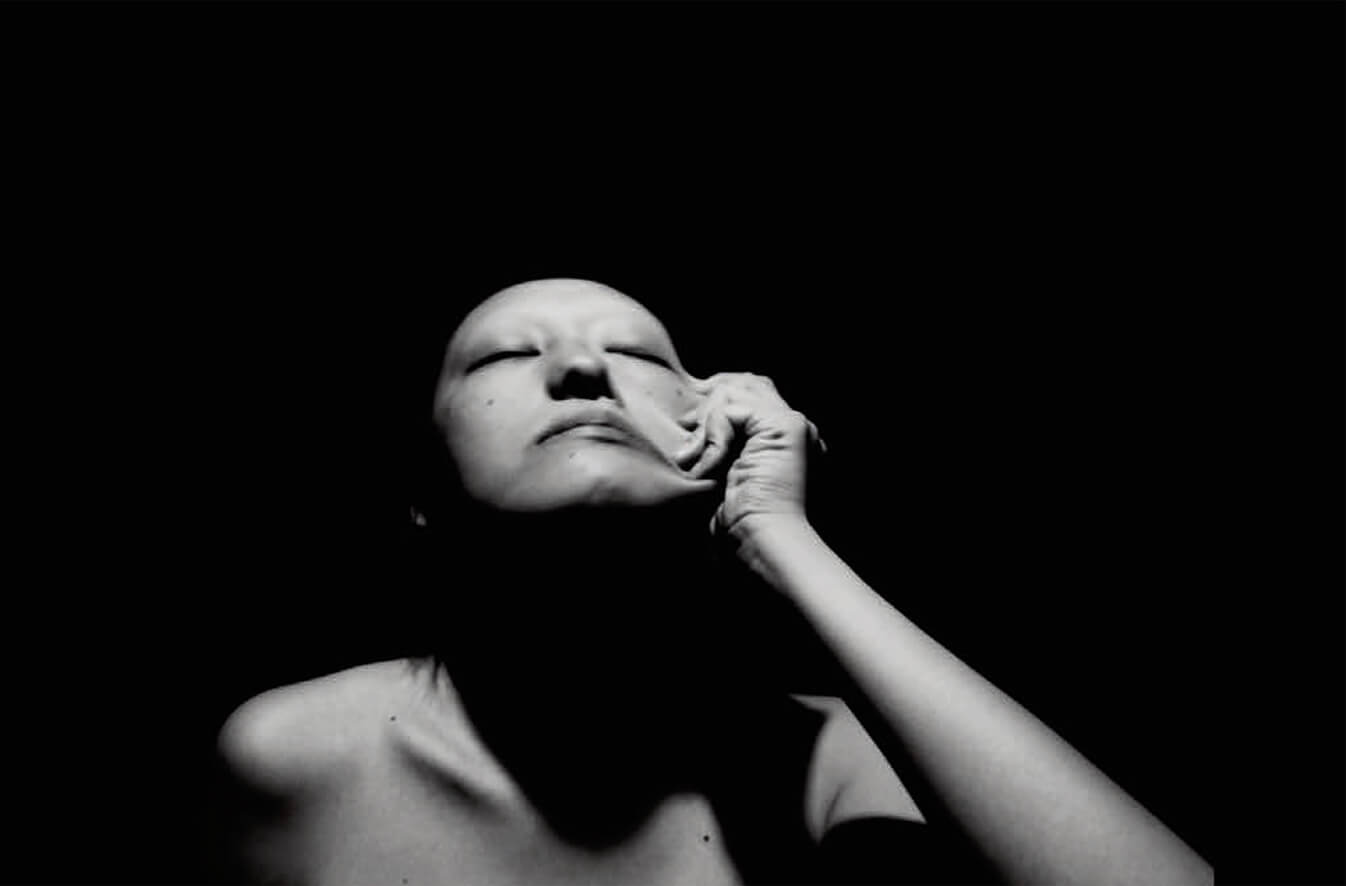
inri, “Self Portrait”
‘These photographs are like concentrated chunks of energy.’ These words from curator Michiko Kasahara about Symposion — About Love 1996-2000, a collection of photographs by Japanese artist inri published in 2020, describe a body of work that breaks the barrier between an artistic process and a personal approach. It offers the opportunity to escape the trials necessary to achieve happiness.
Japanese artist inri is now famous for the duo she formed in Beijing in 2000 with her husband Rong Rong, with the pair having founded the Three Shadows Photography Art Centre, the first private contemporary art space in China dedicated to the medium. Here, she takes a step back to showcase what made all this possible.
‘Love = Photography’
Symposion — About Love 1996-2000 offers another perspective on inri’s work. What connects these photographs taken when she was aged between 23 and 27 years? Not a technique, a style, a genre, an exposure time, or a grain. These self-portraits—even if the subject does not appear in some of them—are the result of multiple attempts to adapt each piece to a spirit, an intention, summarised by the artist in the following words: ‘love = photography.’
The colour photographs in warm tones from the series MAXIMAX bring together moments of tension, violence, and explosion. In what might appear a radically different approach, 1999 Tokyo depicts the artist in black and white, staged so as to evoke a state of looseness or abandon or a standstill, in urban or natural environments. The photographs from Grey Zone see the artist wrap herself up, while Self Portrait places her face, its skin, and texture alongside that of a cactus.
‘These works make people feel a kind of pent up suffering, the fate and distress of those who have no choice but to express themselves artistically… She takes that which must be articulated to be revealed—her pent up restlessness, impatience, indignation, conflict, and desire—along with all kinds of thoughts, and personally pours them out in front of the camera. She uses the camera to extract them’, Michiko Kasahara reflects.
Regaining a taste for life
‘When I took these photographs, young people, blindly accepting the predictions of Nostradamus, were caught up in a sense of approaching apocalypse as an era came to an end. Crushed by the very real feeling that life held no hope, it seemed as if my only reason for living was to wait for the doom of humanity due to commence in July 1999′, the artist explains. However, it was at this moment that encounters, a realisation, and the discovery of the aesthetic unique to photography, particularly while working with dancer Naoko Shirakawa, ‘gave [her] the drive to live.’
Symposion is the story of a path towards the light, one’s own light, a means of giving life to oneself. After a particularly difficult year characterised by a sense of distress in 2020, inri explains that she wanted to pass on this message to the person she was at the time: ‘You’re starting off all alone, shut up in your room, but I want to tell you that your world has a future. Even if you have to tear apart your shell and leave your vulnerable inner self exposed, you can still go on living as yourself. You don’t have to change. And there will come a day when you get together with someone else to overcome challenges, make a life together, and the view that once seemed to be nothing but darkness will open up. And when that happens, you will realise that the time you spent suffering had not been wasted.’
Symposion — About Love 1996-2000 (2020) , a collection of photographs by inri, is published by Three Shadows Photography Art Centre & Akaaka Art Publishing, Inc.
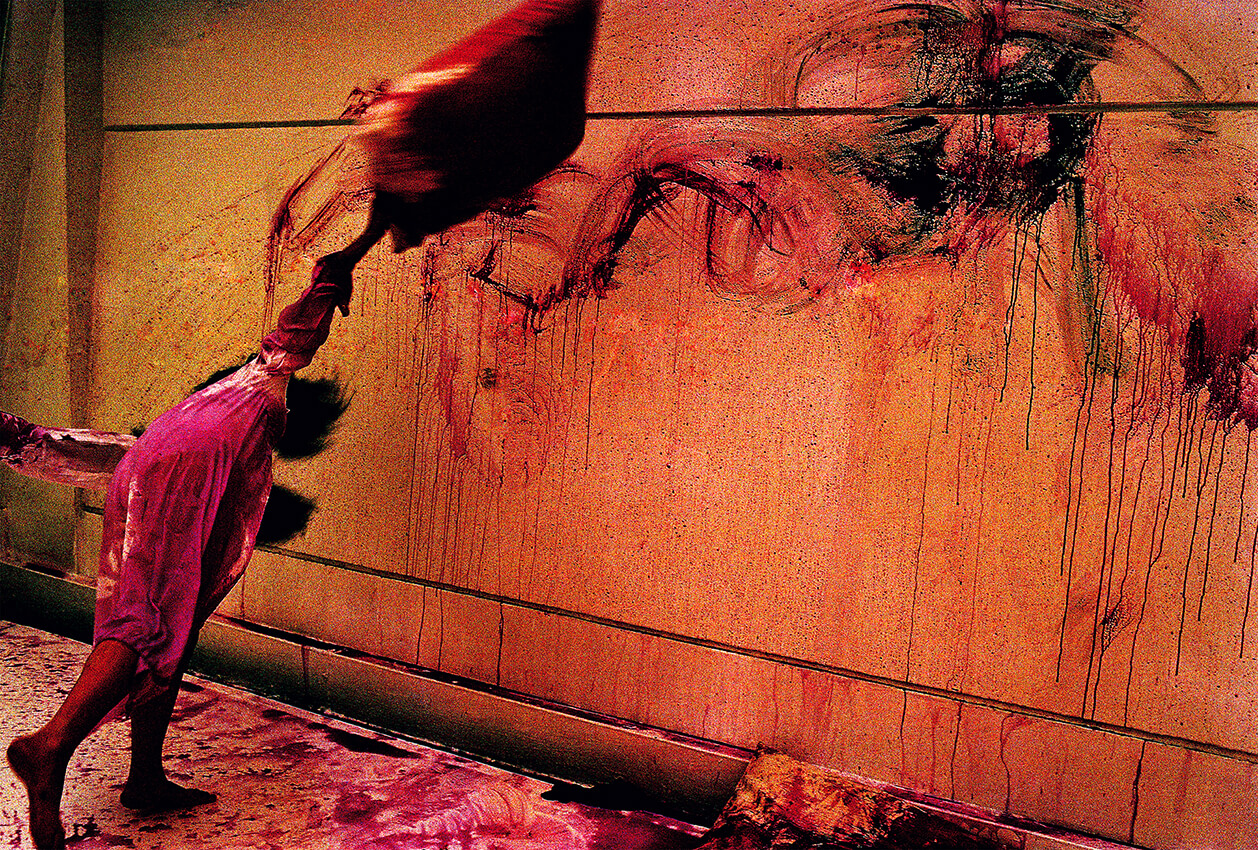
inri, 'MAXIMAX'
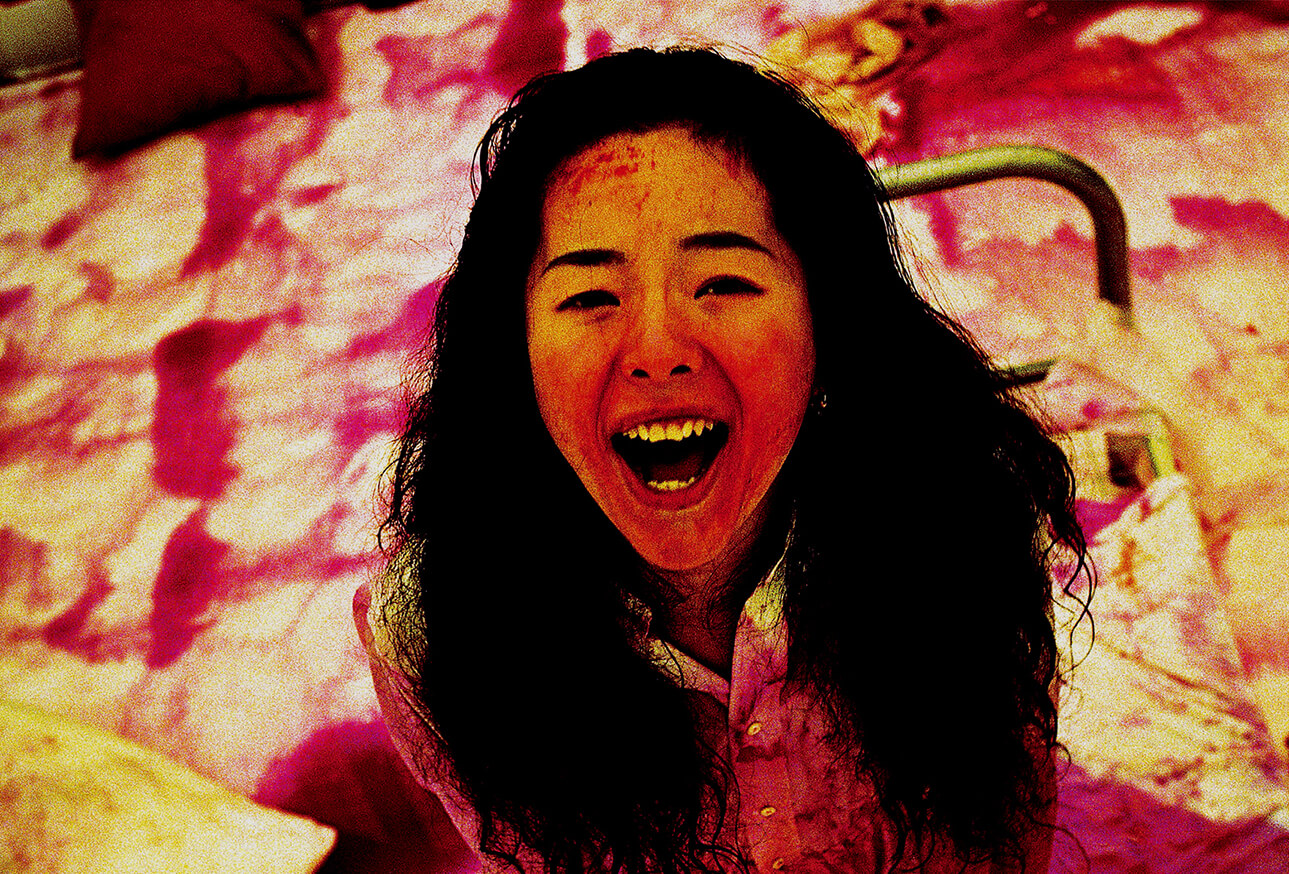
inri, 'MAXIMAX'
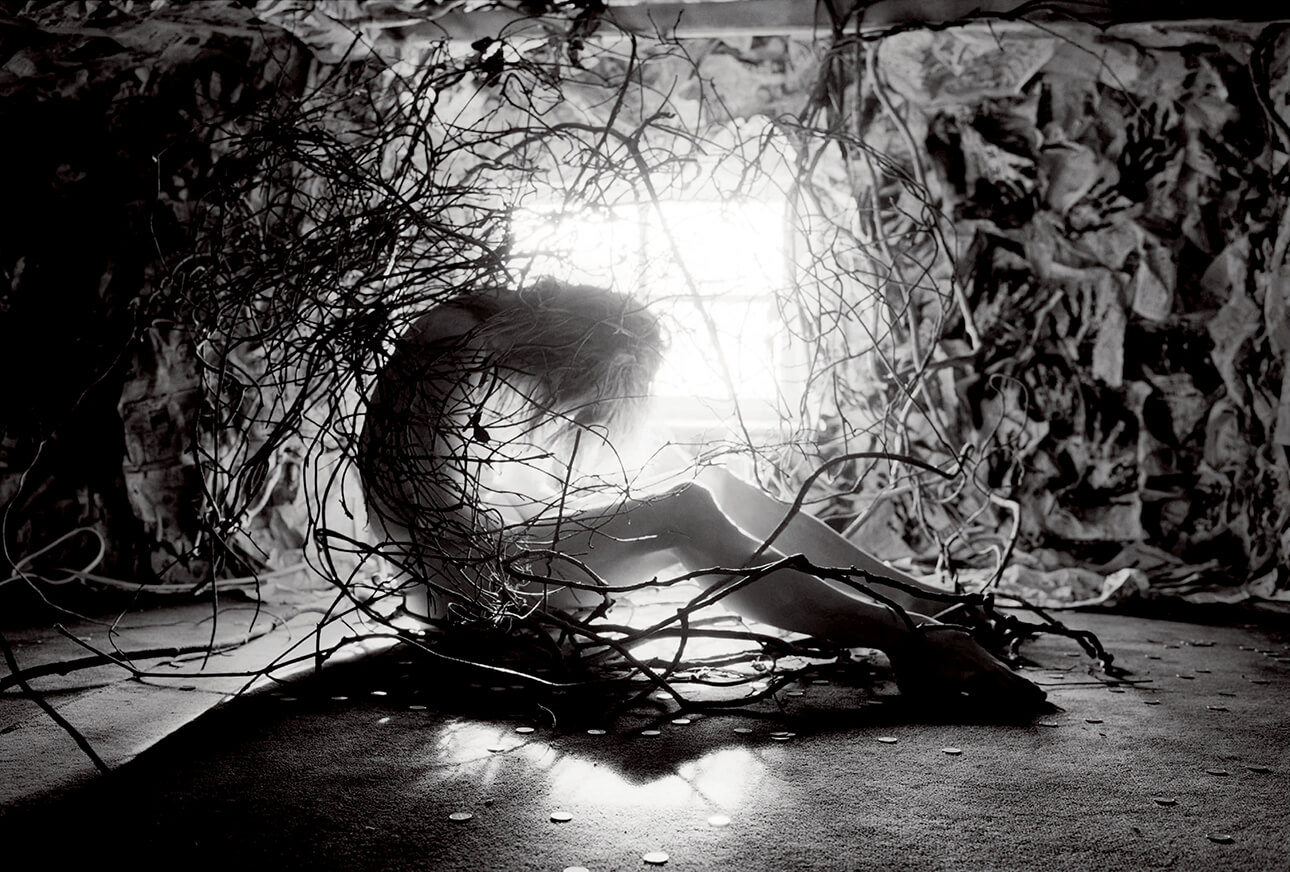
inri, '1999 Tokyo'
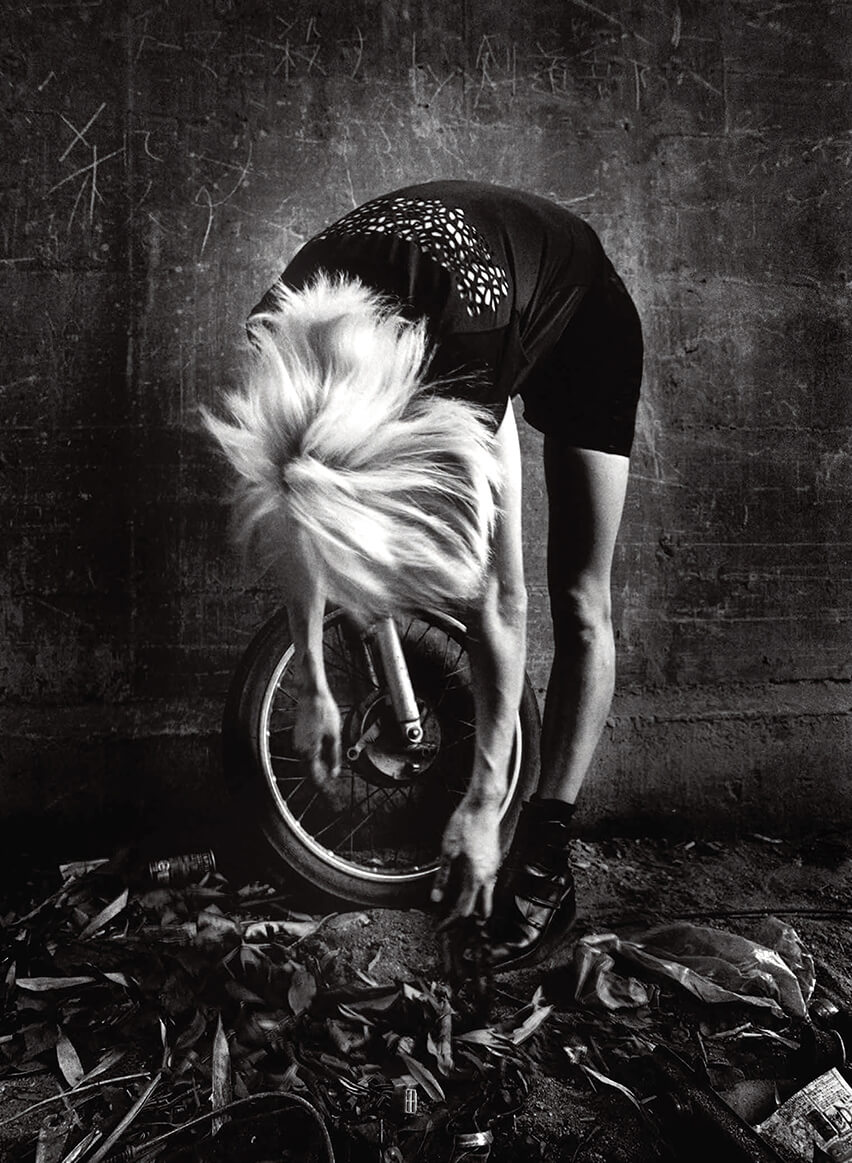
inri, '1999 Tokyo'
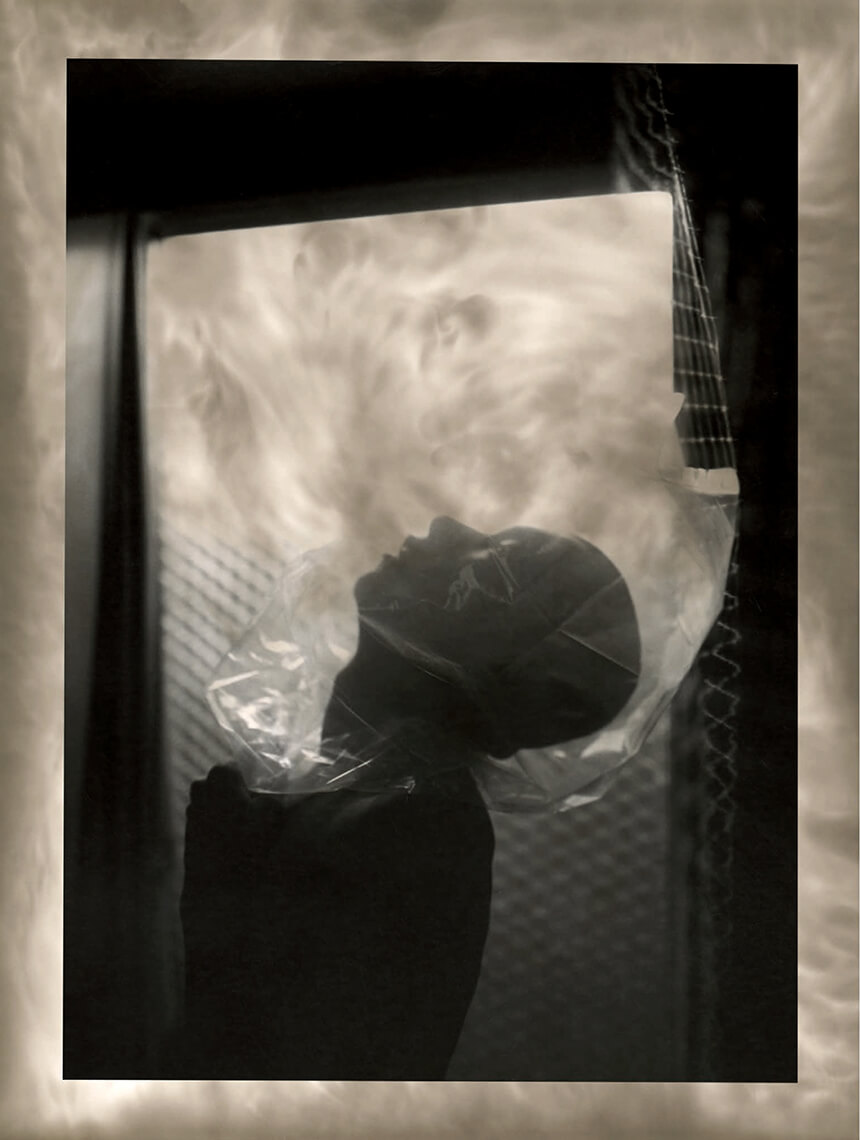
inri, 'Grey Zone'
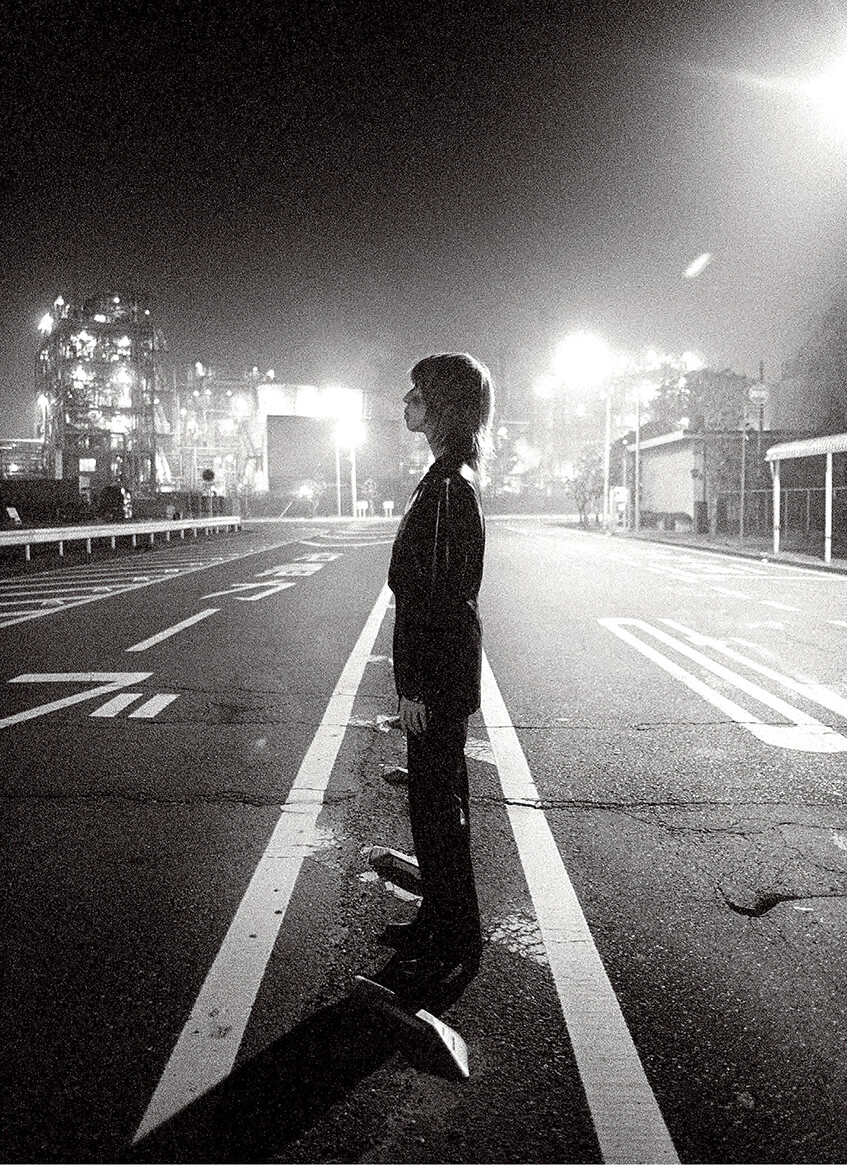
inri, '1999 Tokyo'
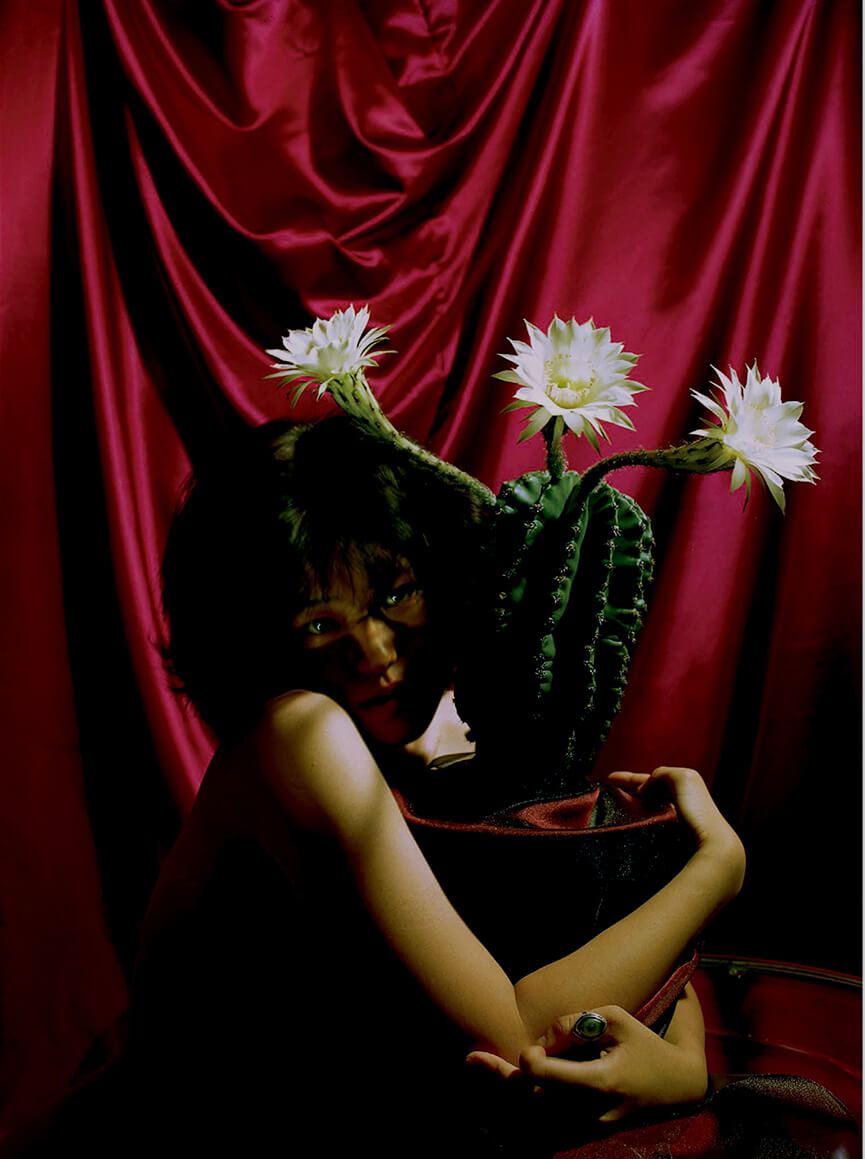
inri, 'Self Portrait'
TRENDING
-
Hiroshi Nagai's Sun-Drenched Pop Paintings, an Ode to California
Through his colourful pieces, the painter transports viewers to the west coast of America as it was in the 1950s.

-
A Craft Practice Rooted in Okinawa’s Nature and Everyday Landscapes
Ai and Hiroyuki Tokeshi work with Okinawan wood, an exacting material, drawing on a local tradition of woodworking and lacquerware.

-
The Tattoos that Marked the Criminals of the Edo Period
Traditional tattoos were strong signifiers; murderers had head tattoos, while theft might result in an arm tattoo.

-
David Bowie Dressed by Kansai Yamamoto
The English singer was strongly influenced by 'kabuki' theatre and charged the Japanese designer with creating his costumes in the 1970s.

-
‘Seeing People My Age or Younger Succeed Makes Me Uneasy’
In ‘A Non-Conformist’s Guide to Surviving Society’, author Satoshi Ogawa shares his strategies for navigating everyday life.





